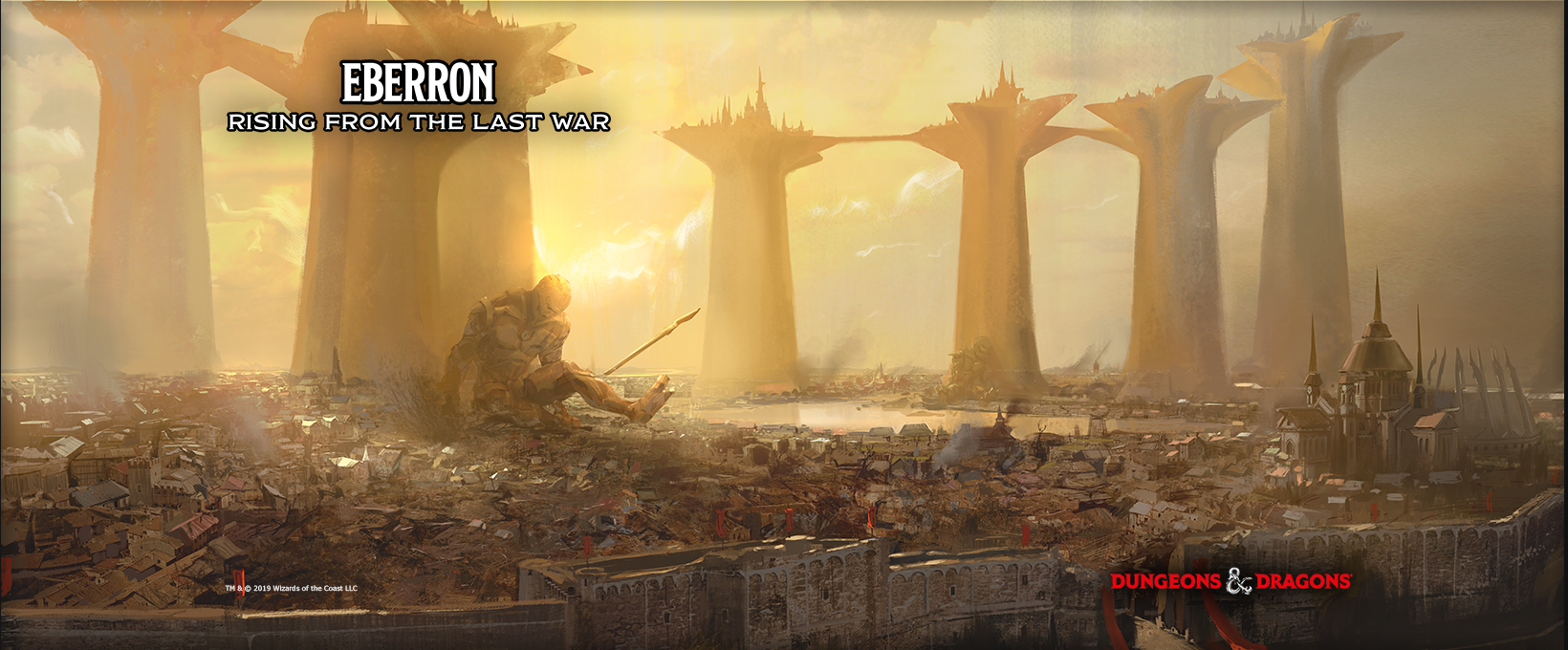Odakyr Rites
The nation of Karrnath became infamous for its use of undead during the Last War. Initially, the bulk of the undead forces were common, mindless skeletons and zombies. But as the war progressed, the science of necromancy continued to evolve. The greatest breakthrough came when the high priest Malevenor and master necromancer Gyrnar Shult developed the Odakyr Rites: Techniques that could imbue the skeleton or corpse of an elite Karrnathi warrior with malign intelligence and increased resilience. The Karrnathi undead possess deadly skill and considerable cunning; once given direction, a unit of Karrnathi undead can operate autonomously, adapting to deal with unexpected threats or strategic setbacks.
The Blood of Vol has always had a strong presence in the agricultural region of Odakyr, Karrnath, which also contains a powerful manifest zone tied to Mabar. When Kaius I embraced the Last War, Fort Bones was established in Odakyr as a center for necromantic research. Gyrnar Shult and Malevenor (then living) developed the Odakyr Rites after years of research and work. It’s noteworthy that they can only be performed in a place with a strong manifest zone to Mabar; in Karrnath, this means Fort Bones or Atur.
Most of the Karrnathi undead were retired after the Treaty of Thronehold, sealed away in vast vaults beneath Atur or stationed at Fort Bones and Fort Zombie. But a few remain in service.
The Karrnathi undead are tremendously efficient solders. A normal zombie requires some sort of necromancer to sustain and command it, but the sentient Karrnathi undead can integrate with any unit. Fear, hunger, and exhaustion are alien to them. They can see in perfect darkness—an advantage over the Warforged, and one that Karrnath often exploited in conflicts with Cyre. One of the few limitations of the undead derives from their utter lack of mercy or compassion. Left on its own, a Karrnathi skeleton will slaughter all opposing forces—soldiers, civilians, even children. A commander must exercise close control if he wants his undead to leave anyone alive.
The Odakyr Rites—the ritual used to create the Karrnathi undead—isn’t a cheap form of Raise Dead. The original victim is gone. A Karrnathi skeleton doesn’t have the specific memories of the warrior who donated their bones. The military specialty of the undead reflects that of the fallen soldier, so only the bones of a archer can produce a skeletal archer. However, the precise techniques of the skeleton aren’t those of the living soldiers. Rekkenmark doesn’t teach the bone dance or the twin scimitar style common to the skeletal swordsmen. So where, then, do these styles come from?
Gyrnar Shult believed that the Karrnathi undead were animated by the martial spirit of Karrnath itself. This is why they can be produced only from the corpses of elite Karrnathi soldiers: an enemy corpse lacks the connection to Karrnath, while a fallen farmer has no bond to war. However, the current commander of the Corpse Collectors fears that the undead aren’t animated by the soul of Karrnath, but rather by an aspect of Mabar itself—that the combat styles of the undead might be those of the dark angels of Mabar. Over the years, he has felt a certain malevolence in his skeletal creations that he can’t explain.
Karrnathi undead never show emotion and never speak without cause. A Karrnathi skeleton is content to stand motionless and silent for days if there is no reason to move. A soldier’s name is typically a combination of name and number and the records of the original identity of the body are hidden in the tomes of the Corpse Collectors. The distinctive armor of the Karrnathi skeletons is forged for them and fitted to their fleshless bones. Fort Bones operates a small forge for this purpose, though most of this armor is created at the Night Forge of Atur.
Remove these ads. Join the Worldbuilders Guild








